Bobtail Parking and Regulations: Navigating the Challenges of Truck Logistics
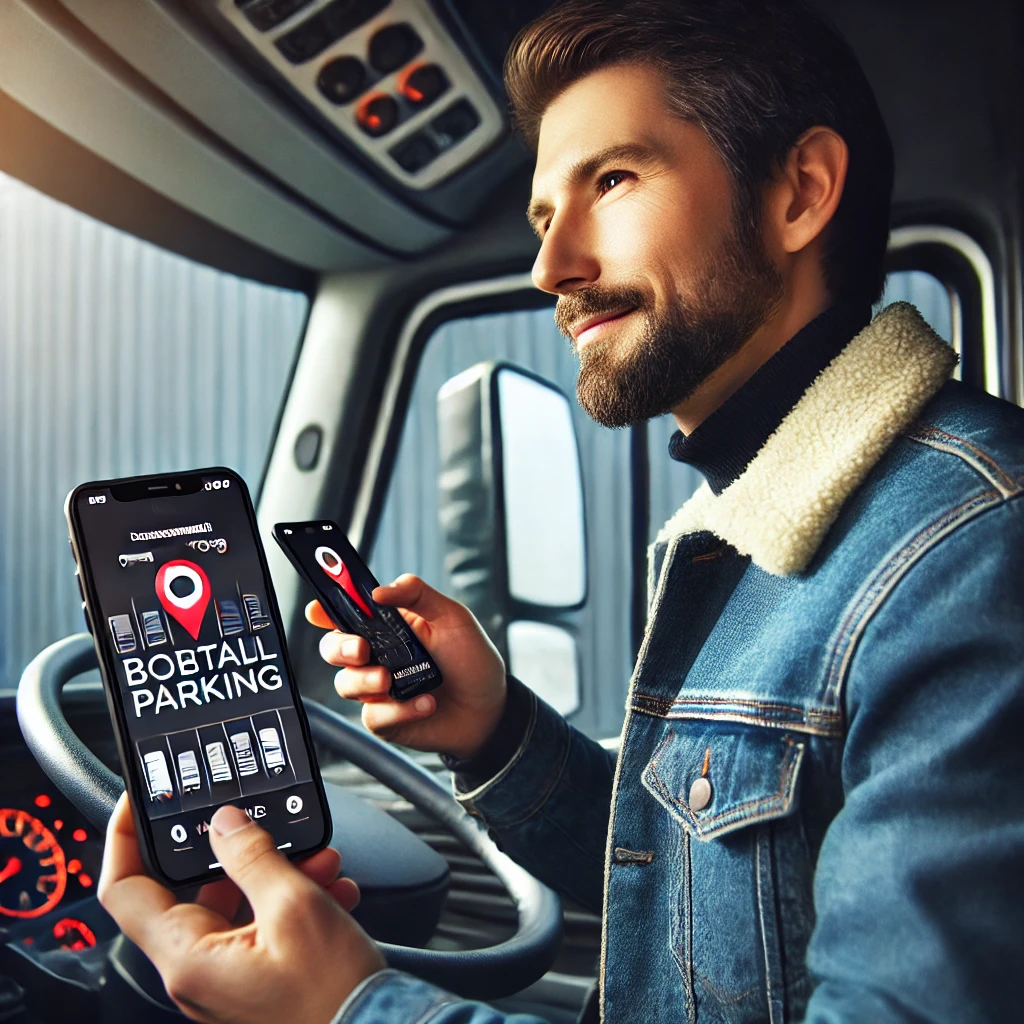
What is Bobtail Parking?
Bobtail parking refers to the practice of parking a semi-truck tractor (the front part of a semi-truck) without an attached trailer. This situation often occurs when drivers need to park between loads, during rest periods, or when they’re at home between trips.
Key points about bobtail parking:
- It involves parking only the tractor unit of a semi-truck
- No trailer is attached to the tractor
- It’s a necessary part of many trucking operations
- It presents unique challenges compared to parking full tractor-trailer combinations
Why is Bobtail Parking Important?
Bobtail parking is a critical consideration in trucking operations for several reasons:
- Driver Rest: Drivers need safe places to park during mandatory rest periods, even when they’re not hauling a trailer.
- Between Loads: When drivers finish one load and are waiting for the next, they need a place to park their tractor.
- Home Time: When drivers return home, they often need to park their tractors for extended periods.
- Maintenance: Bobtail parking is necessary when tractors are awaiting maintenance or repairs.
- Legal Compliance: Proper bobtail parking is essential for complying with local regulations and avoiding fines.
Challenges of Bobtail Parking
Presents several unique challenges:
- Limited Spaces: Many truck stops and rest areas have limited spaces designated for it.
- Urban Restrictions: Many urban areas have strict regulations about where commercial vehicles can park, which can be particularly challenging for trucks.
- Residential Concerns: truck in residential areas can lead to complaints from neighbors and potential legal issues.
- Security: Bobtail trucks parked in unsecured areas can be targets for theft or vandalism.
- Cost: Some areas charge significant fees for bobtail parking, impacting operational costs.
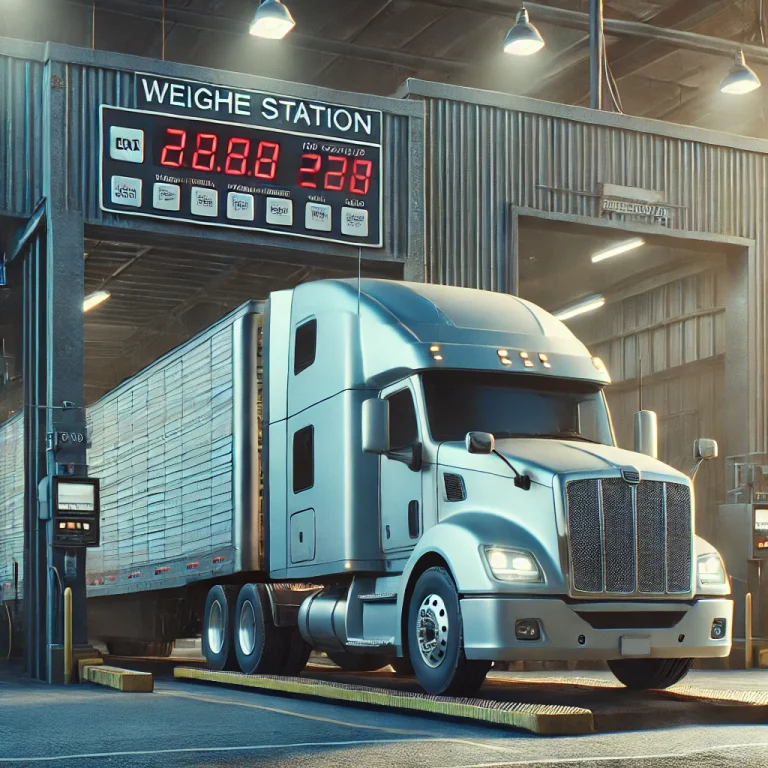
Challenges of Bobtail Parking
Regulations surrounding bobtail parking can vary widely depending on the location. Here are some common considerations:
.
Many cities and towns have specific ordinances regarding commercial vehicle parking, including bobtail trucks.
Some residential areas prohibit parking of commercial vehicles, including bobtails, on streets or even in private driveways.
Some areas impose time limits on how long a bobtail truck can be parked in one location.
Some jurisdictions require bobtail trucks to park only in designated commercial vehicle parking areas.
Parking on private property, such as shopping centers or industrial parks, is often subject to the property owner's rules.
Rules for bobtail parking at highway rest areas can vary by state and even by individual rest area.
Bobtail Weight and Scale Regulations
Another important aspect of bobtail regulations relates to weight and scales:
- Weight Limits: Even without a trailer, bobtail trucks must adhere to axle weight limits on roads and bridges.
- Scale Requirements: In many jurisdictions, bobtail trucks are still required to stop at weigh stations, even without a trailer.
- Fuel Weight Considerations: The weight of fuel can significantly impact a bobtail truck’s total weight, which drivers must consider when managing their loads.
- Permit Requirements: Some jurisdictions require special permits for bobtail trucks over certain weight limits.
Strategies for Managing Bobtail Parking
Given the challenges of bobtail parking, trucking companies and drivers employ various strategies:
Identifying suitable parking locations in advance of trips.
Some companies invest in memberships that provide guaranteed parking at truck stops.
Larger trucking companies often provide secure parking at their own terminals.
Some companies negotiate agreements to allow bobtail parking at customer locations
Drivers increasingly use mobile apps to find and sometimes reserve bobtail parking spaces.
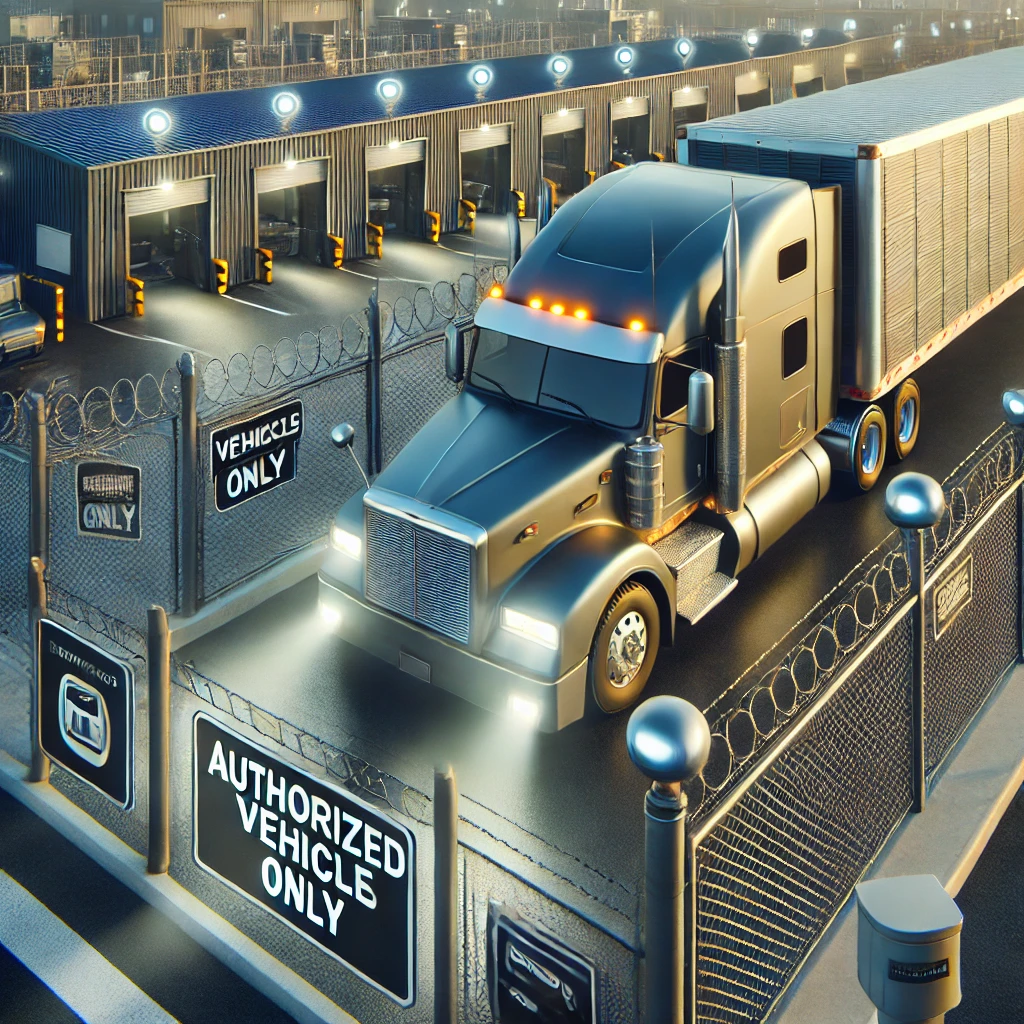
How Linbis is Revolutionizing Bobtail Parking Management
Recognizing the challenges posed, Linbis has developed innovative solutions to help trucking companies optimize their operations:
- Parking Spot Locator: Linbis’s platform includes a feature that helps drivers find available bobtail parking spots in their vicinity.
- Regulatory Compliance Assistance: The system provides up-to-date information on local parking regulations to help drivers stay compliant.
- Route Planning : Linbis’s route optimization algorithms take into account suitable parking locations when planning trips.
- Real-Time Updates: The platform provides real-time updates on parking availability, helping drivers make informed decisions.
- Parking Reservation System: In some locations, Linbis facilitates advance reservations for spots.
- Cost Management: The system helps companies track and manage parking-related expenses.
- Security Alerts: Linbis’s platform can provide alerts if a parked moves unexpectedly, enhancing security.
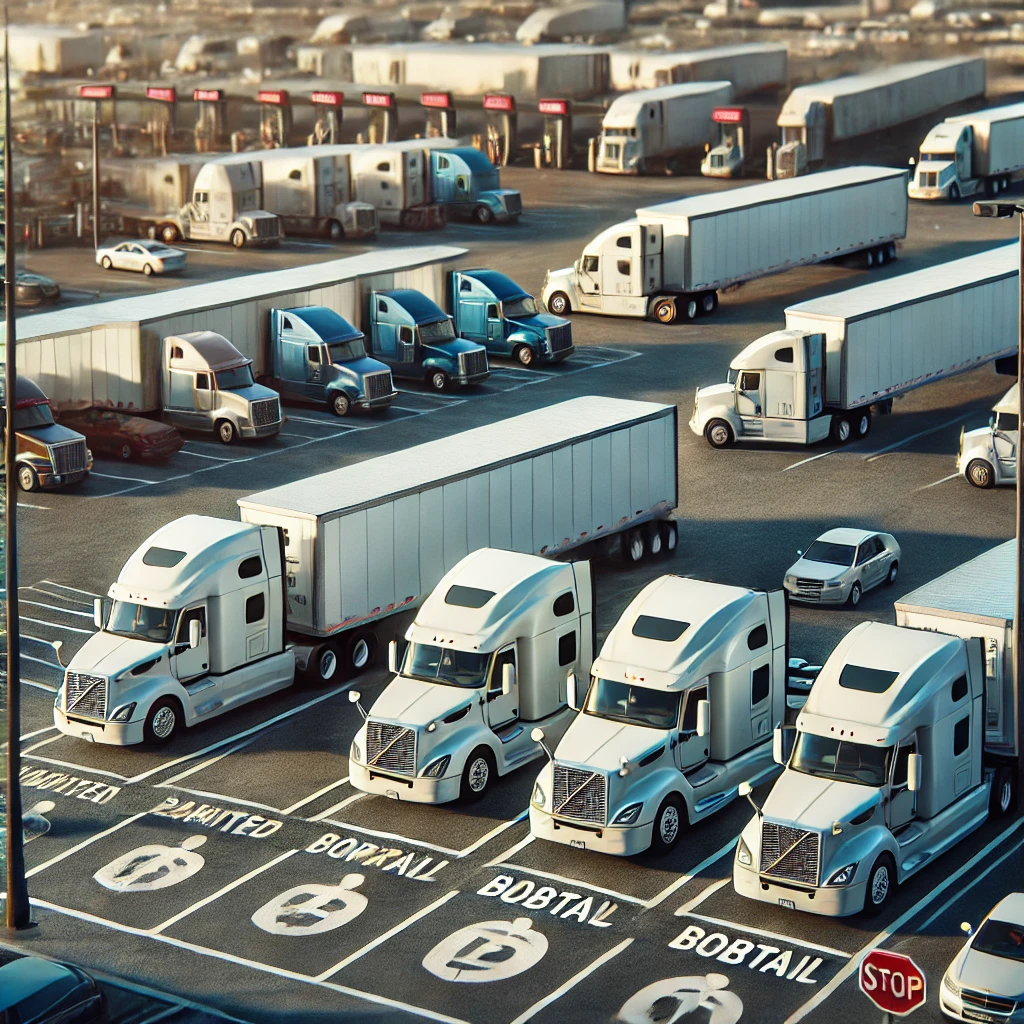
The Future of Bobtail Parking
As the trucking industry evolves, so too will the approach to bobtail parking. Here are some trends that may shape the future:
- Smart Parking Systems: Expect to see more parking lots equipped with sensors and systems to guide trucks to available spots efficiently.
- Electric Vehicle Considerations: As electric trucks become more common, parking areas may need to provide charging facilities.
- Autonomous Vehicles: Self-driving trucks could change parking needs, potentially allowing for more efficient use of space.
- Urban Logistics Hubs: The development of urban logistics centers could provide new solutions for bobtail parking in city areas.
- Shared Parking Models: We may see the emergence of shared parking systems, where multiple companies cooperate to maximize parking efficiency.
Best Practices for Bobtail Parking
To navigate the challenges of bobtail parking effectively, consider these best practices:
- Know the Regulations: Stay informed about local parking regulations in the areas where you operate.
- Communicate with Drivers: Ensure drivers are well-informed about parking policies and best practices.
- Leverage Technology: Use available apps and platforms, like Linbis, to find and manage parking efficiently.
- Build Relationships: Develop good relationships with customers, truck stops, and local businesses that might provide parking options.
- Regular Training: Provide regular training to drivers on parking procedures, including how to park safely and legally.
- Plan for Home Time: Have a clear policy for where drivers should park their bobtails during home time.
- Security Measures: Invest in security measures for parked bobtails, such as locks, alarms, and tracking devices.
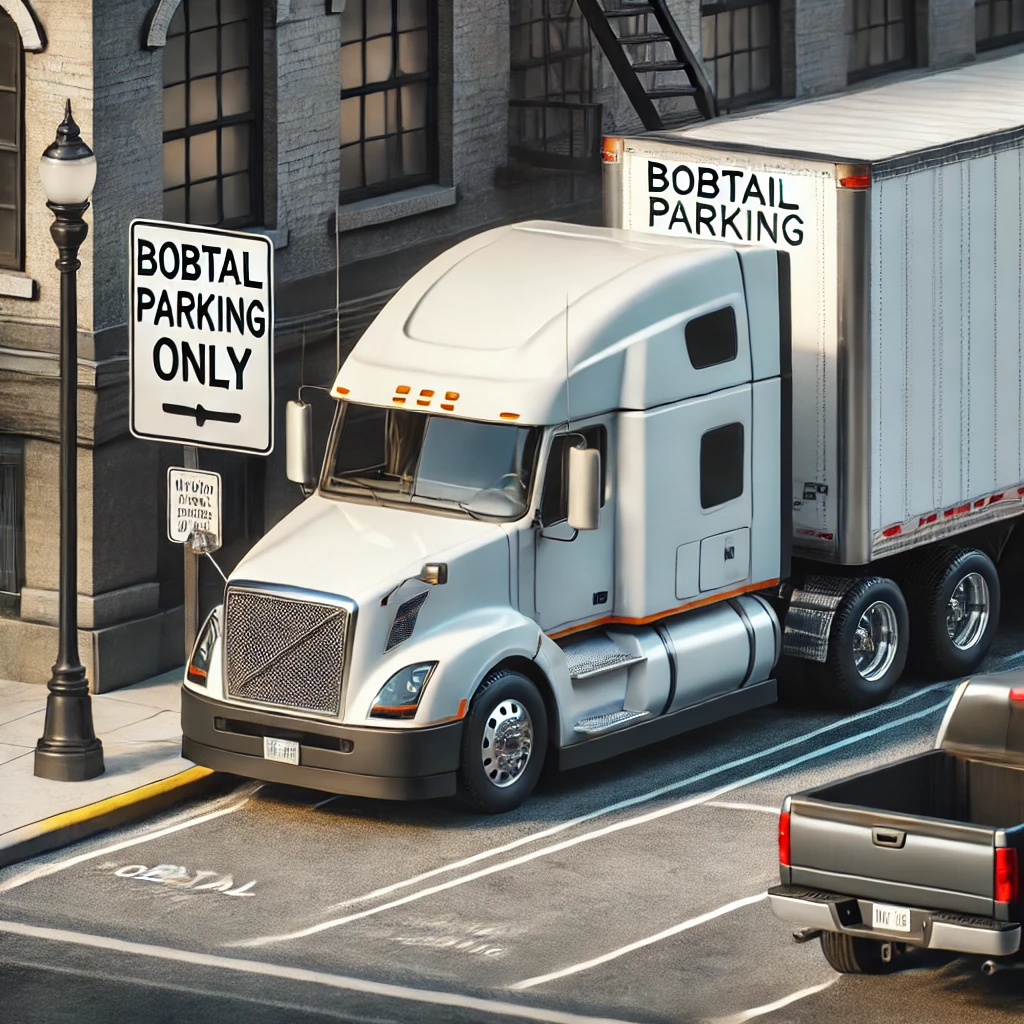
Conclusion
Bobtail parking, while often overlooked, is a critical aspect of trucking operations. It presents unique challenges in terms of finding suitable spaces, complying with varied regulations, ensuring security, and managing costs. However, with proper planning, the use of technology, and innovative solutions like those offered by Linbis, these challenges can be effectively managed.
As the trucking industry continues to evolve, staying informed about bobtail parking regulations and leveraging advanced logistics solutions will be key to maintaining efficient and compliant operations. By addressing the challenges of head-on, trucking companies can improve their operational efficiency, reduce costs, and ensure their drivers have safe and legal places to park.
The future of is likely to be shaped by technological advancements, changes in urban planning, and the ongoing evolution of the trucking industry. By staying ahead of these trends and embracing innovative solutions, trucking companies can turn the challenge of bobtail parking into an opportunity for operational excellence.
